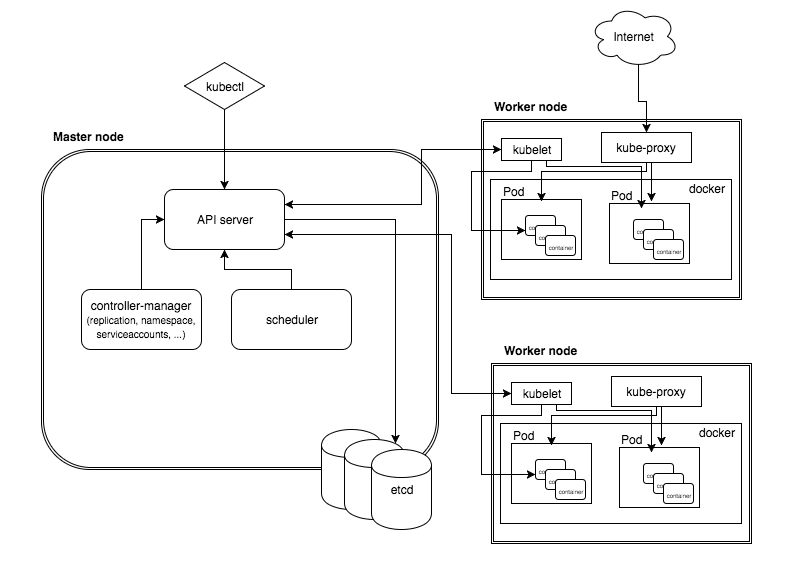

View Display merged kubeconfig settings or a specified kubeconfig fileĭisplays the kubectl config current-context command help. Use-context Sets the current-context in a kubeconfig file Unset Unsets an individual value in a kubeconfig file Set-credentials Sets a user entry in kubeconfig Set-context Sets a context entry in kubeconfig Set-cluster Sets a cluster entry in kubeconfig Set Sets an individual value in a kubeconfig file Rename-context Renames a context from the kubeconfig file. Get-contexts Describe one or many contexts Get-clusters Display clusters defined in the kubeconfig

When a value is modified, it is modified in the file that defines the stanza. Rules 2 – If $KUBECONFIG environment variable is set, then it is used as a list of paths (normal path delimiting rules for your system).The flag may only be set once and no merging takes place. Rules 1 – If the –kubeconfig flag is set, then only that file is loaded.Method 3 – You can specify other kubeconfig files by setting the –kubeconfig flag.Method 2 – You can specify other kubeconfig files by setting the KUBECONFIG environment variable or.Method 1 – By default, kubectl looks for a file named config in the $HOME/.kube directory.It does not mean that there is a file named kubeconfig. This is a generic way of referring to configuration files. If you have already configured other Kubernetes clusters, you should merge the output from the microk8s config with the existing config (copy the output, omitting the first two lines, and paste it onto the end of the existing config using a text editor).The kubectl command-line tool uses kubeconfig files(file named with – config) to find the information it needs to choose a cluster and communicate with the API server of a cluster.Ī file that is used to configure access to clusters is called a kubeconfig file. Running the following command will output the kubeconfig file from MicroK8s: microk8s config
Kubectl get contexts install#
To install the macOS version of kubectl, see the official documentation. There are some advantages to running the native version of kubectl for macOS, notably when working with files (which otherwise need to be copied to/from the VM). If you have already configured other Kubernetes clusters, you should merge the output from the microk8s config with the existing config (copy the output, omitting the first two lines, and paste it onto the end of the existing config using a text editor). If you have not already configured kubectl on the host for other clusters, you can open a ‘cmd’ Command Prompt and run the following: cd %USERPROFILE%


Kubectl get contexts windows#
To install the Windows version of kubectl, see the official documentation. There are some advantages to running the Windows native version of kubectl, notably when working with files(which otherwise need to be copied to/from the VM). MicroK8s comes with its own kubectl command, which can be accessed like this: microk8s kubectl If you have not already configured kubectl on the host, you can just open a terminal and generate the required config : cd $HOME If you’d prefer to use your host’s kubectl command, running the following command will output the kubeconfig file from MicroK8s. If you are using or want to use a different kubectl command, see the relevant sections below for your OS Linux It is run in a terminal like this: microk8s kubectl By default, this is accessed through MicroK8s, to avoid interfering with any version which may already be on the host machine (including its configuration). MicroK8s comes with its own packaged version of the kubectl command for operating Kubernetes. Manage upgrades with a Snap Store Proxy.


 0 kommentar(er)
0 kommentar(er)
